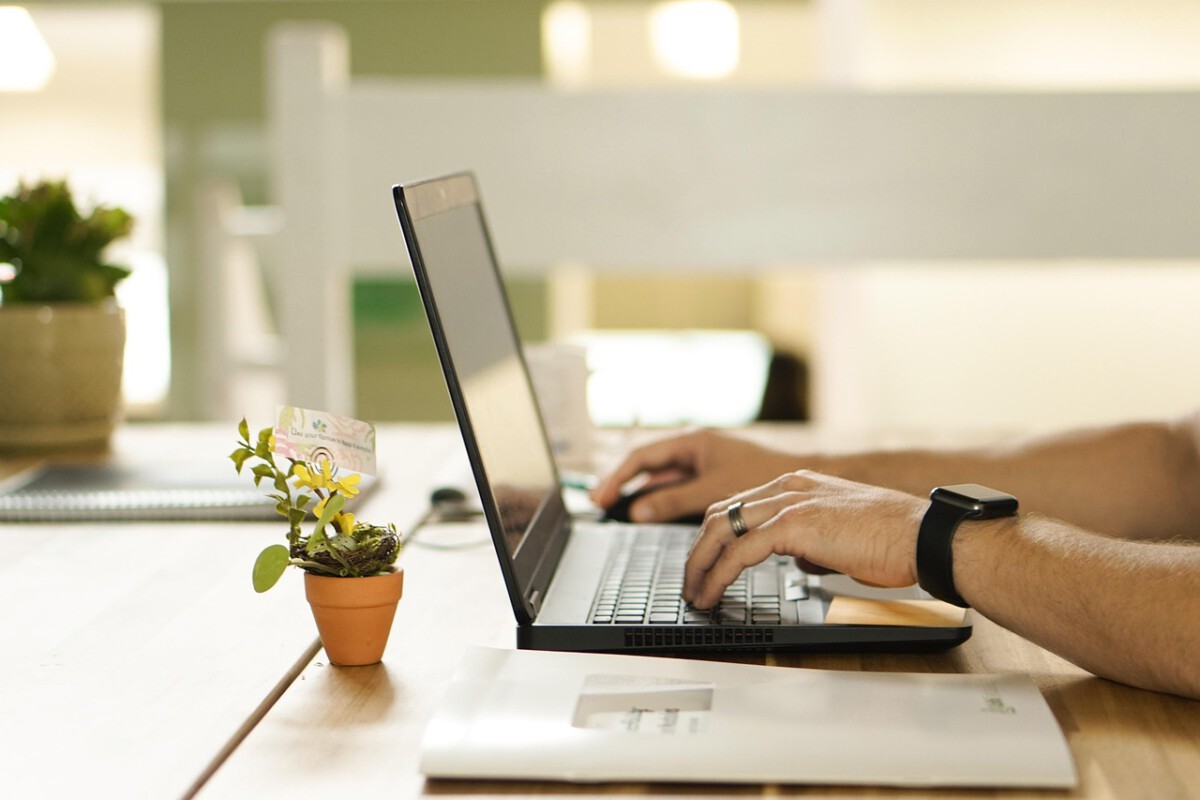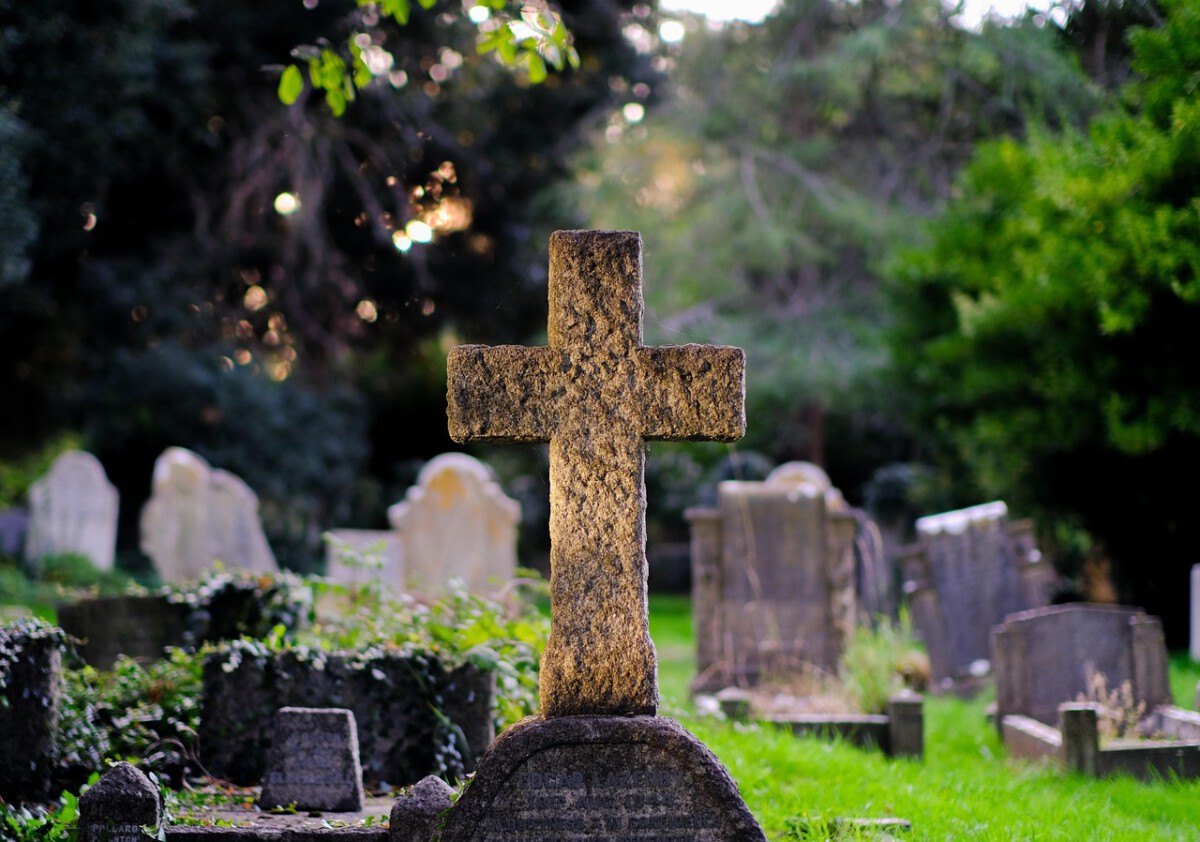Work in “Ultra-Short” Bursts – The 10-Minute Rule

Most people have heard of the Pomodoro Technique, but recent research suggests that even shorter work sprints can supercharge your focus. Try setting a timer for just 10 minutes to tackle a task. According to a 2024 study from the University of Toronto, participants who worked in 10-minute bursts with micro-breaks in between saw a 27% increase in task completion rates compared to those using 25-minute intervals. This method tricks your brain into “just starting,” making procrastination less likely. If you dread big projects, slicing them into tiny, non-threatening chunks is a game changer. It’s like telling yourself, “Just brush your teeth,” instead of, “Clean the whole house.” You’ll often find yourself continuing well past the timer once you’ve started.
Set Your Phone to Grayscale

It sounds strange, but switching your smartphone to grayscale mode can seriously curb distractions. A recent experiment by London’s Digital Wellbeing Lab in March 2025 revealed that participants reduced their daily screen time by an average of 37 minutes simply by removing color from their screens. App icons look bland, notifications seem less urgent, and social media loses its addictive sparkle. If you find yourself mindlessly scrolling, try this hack for a few days. Suddenly, your phone becomes a tool again, not a toy.
The “Two-Minute Rule” with a Twist

David Allen’s classic “if it takes less than two minutes, do it now” advice is famous, but here’s a 2025 twist recommended by behavioral scientist Dr. Mya Ross: batch two-minute tasks into a 15-minute “power session” twice daily. In her latest trial, people who batched quick tasks were 44% less likely to feel overwhelmed by their to-do lists. Instead of constant interruptions, you focus intensely, then return to larger projects without losing momentum. It’s like clearing little rocks from your path all at once, so you can run instead of trip.
Use the “Reverse To-Do List” Method

Rather than writing what you need to do, jot down what you’ve already accomplished as you go. This simple trick, shown in a June 2025 report from MIT’s Center for Productivity, boosts motivation and reduces stress. Participants who tracked completed tasks reported a 31% increase in daily satisfaction compared to those using standard to-do lists. It’s a psychological win—like crossing a finish line again and again. You’ll feel good, which makes you want to keep going.
Embrace the “One-Sentence Journal” Habit

Researchers in Germany found that people who spent just two minutes writing a one-sentence summary of their day experienced a 19% uptick in productivity the next day. Why? This micro-journaling habit, now trending on TikTok, helps you reflect, spot patterns, and reset your mindset for tomorrow. It’s much less intimidating than traditional journaling, and you can do it on your phone, a sticky note, or even in a calendar app. I started this after reading the study, and I can vouch—it’s oddly satisfying.
Schedule “Worry Time” on Your Calendar

If you’re a chronic overthinker, you might find your mind drifting into anxiety throughout the day, killing your focus. A 2024 article in the Journal of Cognitive Therapy describes the technique of scheduling a daily 15-minute “worry time”—and sticking to it. People who practiced this saw a 22% drop in intrusive thoughts during work hours. By promising yourself a set time to fret, you’re free to focus on work the rest of the day. It’s like putting your worries in a time-out.
Change Your Scenery—Even Virtually

A Stanford study released in May 2025 found that simply changing your work environment, even virtually with a new Zoom background or desktop wallpaper, can lift energy levels and creativity by up to 18%. The brain loves novelty, and tiny environmental tweaks trick it into paying more attention. If you can’t move to a coffee shop, try rearranging your desk or working in a different chair. Sometimes a new view sparks new ideas.
Talk to Yourself—Out Loud

It might sound silly, but researchers at the University of Wisconsin have shown that people who talk themselves through tasks out loud complete them up to 21% faster than those who work in silence. This simple act helps clarify your thoughts, create a sense of accountability, and reduce errors. If you’ve ever muttered, “Okay, now I need to send that email,” you’re onto something. Just maybe warn your coworkers first.
“Eat the Frog”—But Only on Wednesdays

The “eat the frog” method—tackling your hardest task first—is everywhere, but a new twist is making waves. Productivity coach Serena Malik suggests reserving your biggest, ugliest task for the middle of the week. According to her 2025 survey of over 500 remote workers, people who tackled tough projects on Wednesdays (instead of Mondays) reported a 14% boost in weekly productivity. It turns out, mid-week is when motivation and energy naturally peak. Save your hardest work for hump day and ride the momentum.
Use “Ambient Accountability”

Publicly sharing your goals—even passively—can dramatically increase your odds of follow-through. A 2024 Harvard Business Review study found that people who displayed their goals on a visible board or digital dashboard in a shared space completed 38% more tasks. It’s not about shaming yourself; it’s about gentle, social nudges. An example: a whiteboard in your kitchen, or a Slack status update that says, “Writing for 1 hour.” Others notice, and suddenly, so do you.
Implement the “Five-Minute Fix” for Procrastination

When you feel stuck, set a timer for five minutes and promise yourself you’ll work on your dreaded task for just that time. A University of Melbourne study from 2025 demonstrated that 72% of participants kept working after the timer, simply because starting was the hardest part. This micro-commitment lowers the psychological barrier to beginning. It’s “just dip your toe in,” not “jump in the deep end.” You’ll likely surprise yourself with what gets done.
Turn Off Notifications—Except for One App

A 2025 Digital Focus Group study showed that people who disabled all phone notifications except for one essential app (like texts from family or Slack for work) reported a 49% reduction in distraction-related errors. Rather than a blanket “Do Not Disturb,” this method keeps you reachable for what matters but shields you from digital noise. Try it for a day and notice how much mental space you reclaim.






